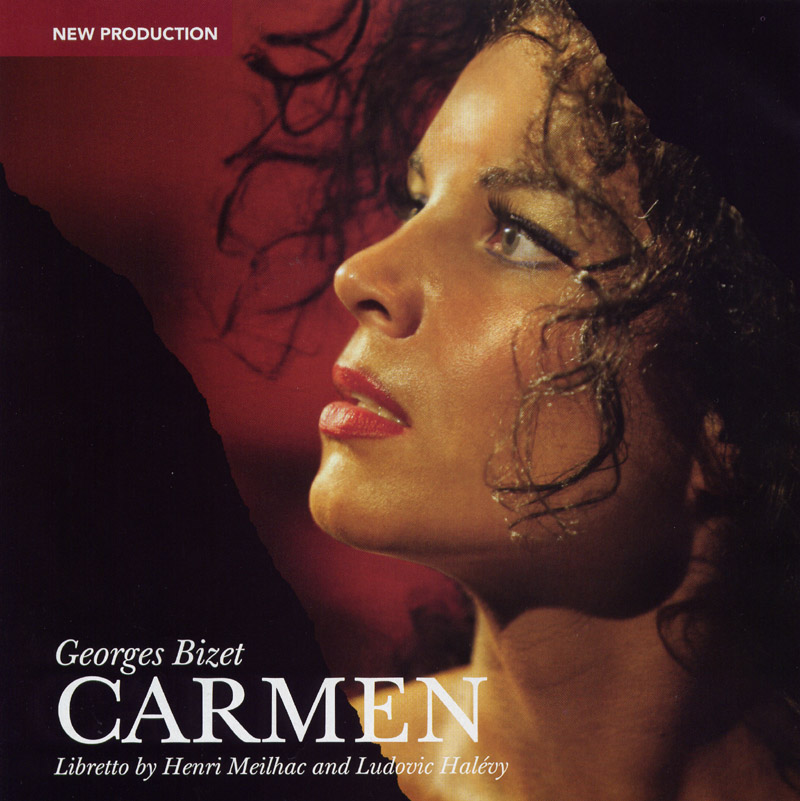Oct 27 2012
House/Divided Comes Together
When I was watching the preview video for House/Divided I was pretty skeptical on whether or not the production would be a success. From the preview it seemed that they were incorporating the past and present, and using all different types of media, which can definitely be risky. Basically, the performance would either be fantastic or would be a failure. Luckily it was the first.
I was very impressed with how well The Builders Association was able to use multi-media to its fullest; using video previously recorded and also live footage. It all meshed together perfectly and nothing seemed out of place, or random. As a person experienced in editing film, I know how much time it takes to make sure everything is perfect, and having to do all of that live is very impressive. I also really enjoyed the way they created the music for the performance, using some sort of synthesizer. It brought in a whole new-age feel to music for performances.
The combination of events from the past and present was also very successful, and made viewers see how history repeats itself. The play is based on the famous novel, The Grapes of Wrath, by John Steinbeck. The director, Marianne Weems, explained that if you changed the word “farm” to “house” it would sound very similar to the banking crisis we experienced a few years ago. There was a lot of juxtaposition between the two time periods. It was interesting to see just how similar the two times were. Both had to struggle fighting the system, both had to see their belongings thrown on the street, and both had to find a way to make it through. There were some odd aspects of the stage directions, such as how the actors were sitting in the house and talking off into the distance. It didn’t seem like acting, but more like a bad soap opera. Overall though, the execution of the two time periods worked very well.
I really must commend The Builders Association and Marianne Weems for all the hard work they had done to make this production. They had to make sure every piece of media was done perfectly and that the set was assembled and dissembled on stage at the right time. It was also really fascinating that they used remnants from a foreclosed home to build the house they used for the show. The time and effort put into this production was seen throughout the entire show, and I think it made the audience appreciate the show even more.














